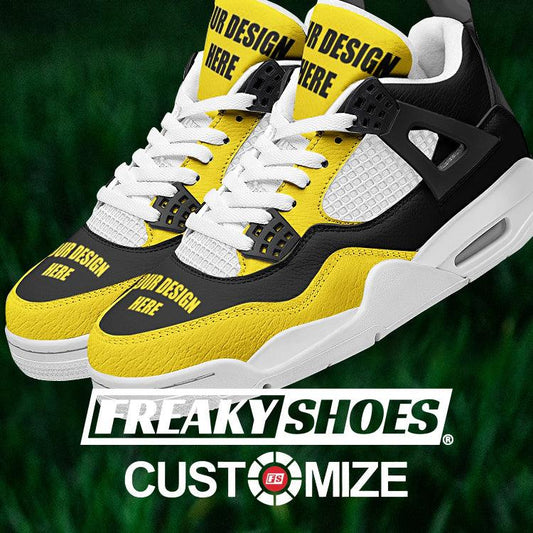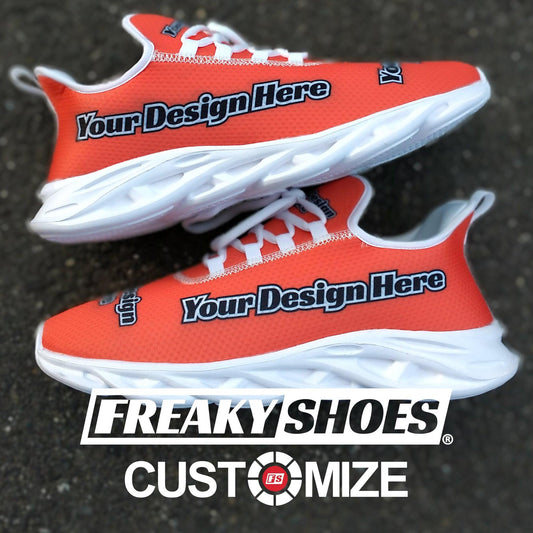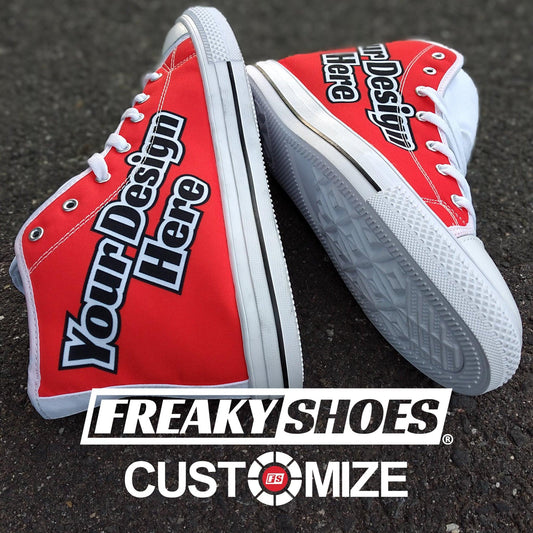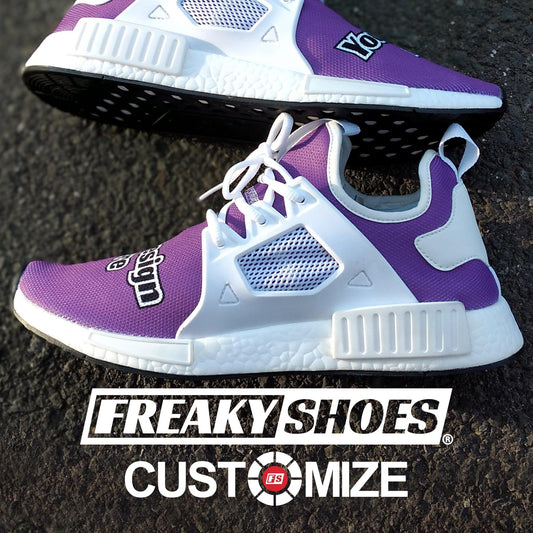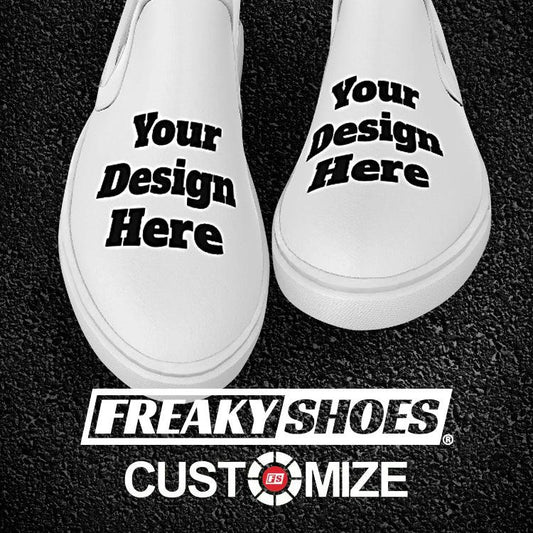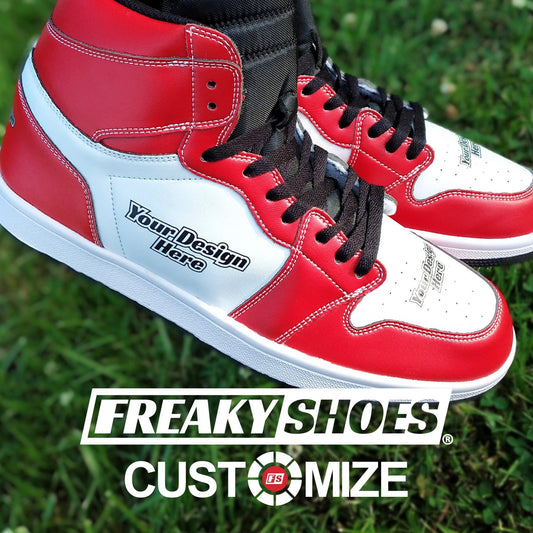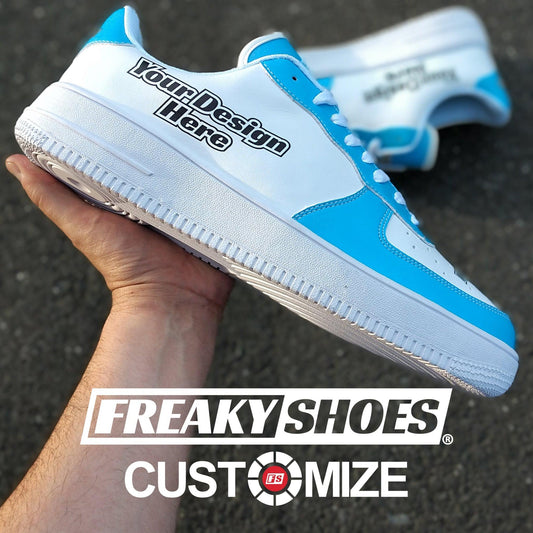Did you know that the Suede is water-sensitive? That’s why you should never wear suede shoes in the rain. Similarly, don’t just relax when you accidentally spill some liquid on it.
Fortunately, nothing will happen if you dry suede quickly. But what exactly happens if the moisture stays on the shoes for some time?
Well, when the Suede shoes get wet, you will first see water stains on them. Over time, they can lose their texture and start to shrink. In some cases, mold may start to grow on the suede, and you won't be able to wear them again.
Worry not! Luckily, you can protect your shoes from all these things, and we're discussing how in detail.
What Happens To Suede Shoes When They Get Wet? (The Details)

You will see stains, spots, loss of texture, and many other things when the suede shoes do not stay dry. Let’s see the details so that you know what you will be dealing with if you don’t act quickly.
Stains and Water Spots (Most Common)
Shoe enthusiasts know that suede is a type of leather that is made from the underside of an animal's skin. That is also why it has a soft and napped surface.
The problem is that such surfaces can develop uneven stains and water spots quickly.
Loss of Texture
You will compromise the Suede's signature texture if you keep wearing them in the rain. It can happen because the fibers can become matted or clumped together. As a result, the shoes will stop feeling soft or velvety.
Shrinking and Warping
Suede can shrink and warp when it absorbs water (just like other leather products). In some cases, the shoes can get back to their original shape after drying. But in most cases, you will have to throw them away and purchase new ones.
Mold and Mildew Growth
If you live in humid areas (where average humidity is above 60 percent), you may also see mold and mildew growth on your wet suede shoes. It’s because these things are moisture-loving and can thrive in damp conditions.
But how can you confirm mold and mildew growth on your shoes?
In most cases, a weird black substance on the surface. In addition to it, you may also smell a foul odor coming from the suede.
Stiffness: Another Common Result of Moisture
Suede can become stiff and lose its flexibility, even after you dry it out. This can make the shoes hard (which will eventually become a big problem). In such cases, we recommend people replace their shoes with new ones, as we don’t want you to feel uncomfortable.
However, we still advise doing some things to "revive" the wet shoes. It's because if you dry them on time, chances are the shoes can become “new” once again!
What to Do When Suede Shoes Get Wet? (Easy Process)

When Suede shoes get wet, you should immediately focus on drying them. For this, we have a step-by-step guide for you that works all the time.
Step 1: Blot Excess Water
When your suede shoes get wet, the first thing you should do is remove as much water as possible. For this, we suggest using a clean, absorbent cloth or towel. Don't worry; you will only have to gently blot the surface of the shoes in this step. Simply dab the cloth/towel, and don't try to scrub anything.
Step 2: Stuff with Paper
Once you blot away the excess water, the next step is to help your shoes retain shape. If you don't, they can shrink (which we don't want).
For this, we recommend using ordinary household paper, like newspaper or tissue paper. Just stuff the inside of each shoe with enough paper to hold its shape. However, make sure not to overstuff, as this could stretch the suede.
Step 3: Air Dry
In step three, you will let the suede shoes get dry naturally. You can't use artificial heating (like a hair dryer) because it can damage the surface more.
You will simply put the wet shoes in a well-ventilated spot. It can be:
- Near windows/doors.
- Under the awn.
- Any airy spot where no sunlight falls.
People ask us whether they can put their suede shoes in a washing machine. Well, we don’t recommend it because this material is soft. However, you can do this with Steve Madden.
Step 4: Brush the Suede
Once your suede shoes are completely dry, you'll likely notice a change in their texture. The suede may appear a bit stiff or flattened. This is where we suggest brushing.
You can get a proper suede brush from any shoe store or online shop. When you have it, gently brush the suede in one direction. This helps to lift the nap, which will eventually restore the suede's natural softness.
Important Note: In this step, use a brush specifically designed for suede. Any other ones might be too harsh and damage the fibers.
Step 5: Condition the Suede
The last step is optional, but we have always seen great results after it. When you brush the shoes, it's better if you do some conditioning. Doing this helps restore the oils and suppleness (that might have been lost during the wetting and drying process).
However, selecting the right conditioner is crucial. We recommend looking for products specifically designed for suede. The reason is that these conditioners can penetrate the suede's nap without clogging the pores or altering the texture.
Also, many people make the mistake of using leather conditioners. Note that they can be too heavy for suede and might damage its delicate structure.
So, that's all about what to do when the suede shoes get wet!
Final Words
All-inclusive, suede shoes can get stains or lose their texture when they get wet. If you don't dry them quickly, then the surface can shrink and become stiff. In some cases, mold and mildew may also start to grow.
But if you act instantly, you can save your suede shoes. Just blot the surface and let the air do its job. After this, use a conditioner to keep the texture soft. It's that simple!











